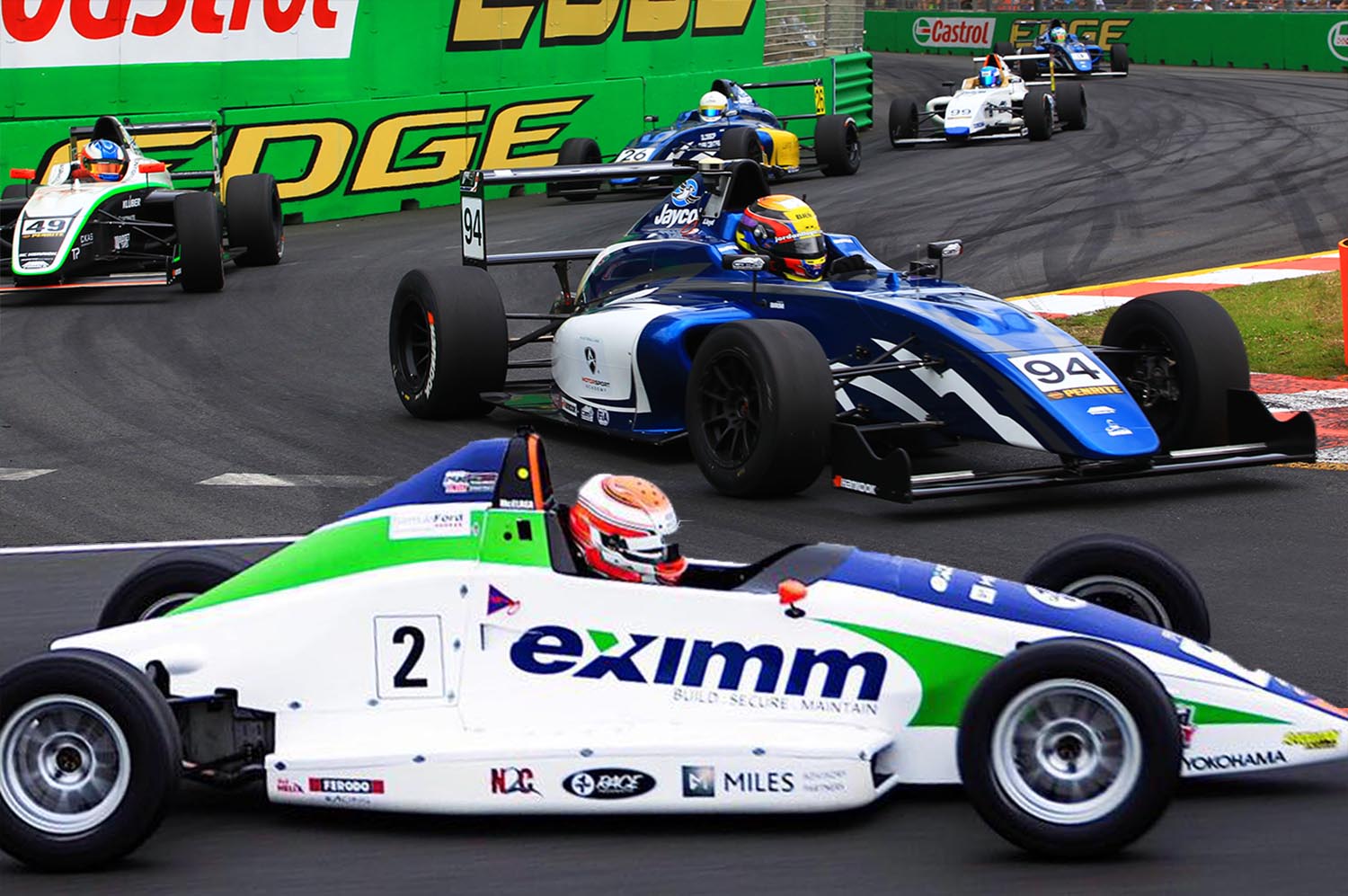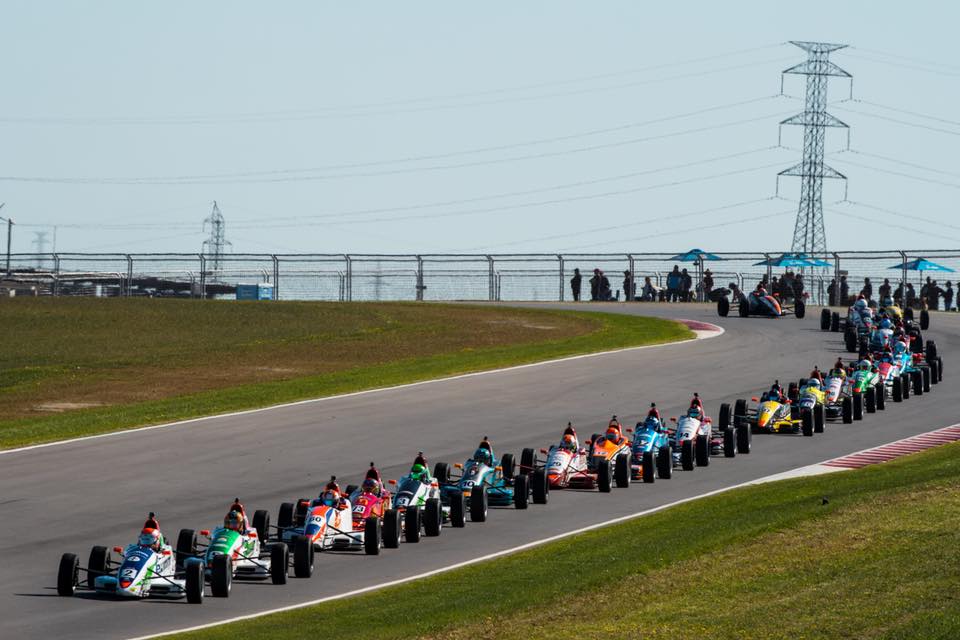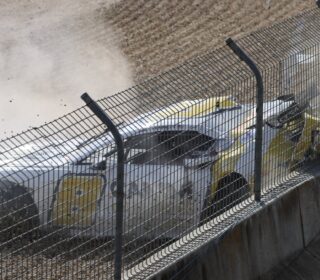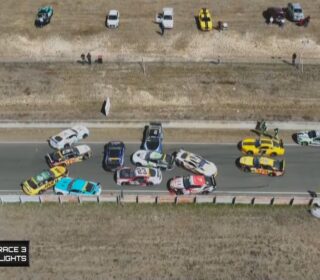FINDING THE RIGHT FORMULA..

SEVEN YEARS ago to the day, CAMS, now Motorsport Australia, announced that the Australian Formula Ford Championship as we knew it would end and Formula 4, the FIA’s preferred junior driver category, would be introduced in 2014.
WORDS: Richard Craill
THE DECISION will prove to be one of the most controversial in recent Australian Motorsport history, instantly creating friction that in some instances is yet to recede.
While in isolation the decision to remove national championship status from Formula Ford may have seemed trivial – what’s in a name, after all? – to those in the category it was a slap in the face to a championship that for five decades had proven itself as the go-to for young drivers.
Formula Ford had a strike rate more successful and longer lasting than anything else. Most of the Supercars field had raced and won in it. Mark Webber was a graduate and so was Will Power. Its track record spoke for itself and in their eyes, it still had more to give.
Australian Formula 4 was introduced a little less than twelve months later, but never achieved the heights that the governing body hoped. Outside of the one-off appearance at the Australian Grand Prix, fields never ticked over 15 across it’s entire life.
As such, last year the category quietly slipped into the history books with a six-car final race at a sodden Tailem Bend.
Hindsight shows that in getting Formula Ford, and to a lesser extent Formula 3, teams off side before the introduction of the class was not a good move; a majority of those teams stayed away at best, or at worst actively campaigned against it.
It added volatility to a market already questionable as to whether it could financially support another class anyway.
Of course, to call Formula 4 a complete failure would be not be totally accurate because in many ways it was introduced with the best of intentions, and had some strong results.
Though some gnashed their teeth at the cash being thrown around, the return of the Rising Star program was laudable and potentially helped some drivers enter the national scene from karts who may otherwise not have had the ability.
And on many occasions times the racing was good, too. The likes of Tom Randle, Will Brown, Liam Lawson and others proving that the category did have potential to discover and promote the kind of talent that it had been designed to do.
Ultimately, however, it was probably wrong formula for the wrong time, crashed into a marketplace that was set in its ways and unwilling or unable to change – at least under those conditions and on account of feeling slighted by the relegation of their own respective classes.
Around the same time all this was happening, Australian Formula 3 began to lose favour, too.
Though perennially struggling for numbers, the category’s peak era between 2006-2011 or ’12 proved that in the right conditions it too had a place in the open-wheel ladder in Australia.
However, by 2014, in the midst of the massive reshuffle of who was a championship and who was not, it lost it’s national championship status and then lost the Gold Star, too.
Sadly, the record of Australian Open Wheel Racing, in particular categories aimed at the junior drivers, in the last eight years does not make for particularly good reading.
In that period Formula 4 has come and gone. Formula 3 races at state and AMRS level, well away from the auspices of Motorsport Australia and, with the fullest of respect to those involved, has lacked real depth at the pointy-end for several seasons.
Formula Ford has been the great survivor, though it too has seen its profile dip as the category found itself first relegated to Shannons Nationals events, and then not even those.
Sensible decision making from the Formula Ford association ensured the championship grids remain healthy by sharing fields with state events in New South Wales and Victoria.

With the input of the likes of Sonic Motor Racing and their links to the Road to Indy scholarship – Hunter McElrea the most obvious recent success story there – the championship remains somewhat relevant, if sorely lacking for significant profile sans the odd appearance at a Supercars event.
Which begs the question: What next?
That’s what we want to know.
Australia has a long and fascinating, if often tumultuous, history with its open wheel categories, competing in a market that almost entirely worships the tin-top and has done so for 70 years. That’s not about to change, either.
S5000, when the Pandemic finally allows it to kick off in the style it so deserved at the Grand Prix this March, remains the Great White Hope for wings ‘n slicks fans, but a junior category it is not.
The performance level of those cars may be indeed be perfect as a launching pad for drivers looking to crack Supercars or even head overseas and race on the F1 or IndyCar ladder – and it would be sensational should that turn out to be the case.
But it’s not designed to be a stepping stone for a kid fresh out of Karting.
Speaking of, perhaps the saddest indictment of the current state of play is that our next two great Formula One hopes currently racing in FIA Formula 3, Alex Peroni and Oscar Piastri, barely touched Aussie soil on their way to overseas success.
Sure, they Karted here but after that? Straight to Europe.
So, we’re going to dive in and find out what we need to do to fill that hole.
What category should we have in Australia to fill the void, that first step out of karting? An FIA Regional F3 formula? A better version of F4, introduced without the politics? A revitalised Formula Ford, spurred back to the forefront with new investment? what about the Toyota Racing Series, so successful in New Zealand?
Or, do we even need one – should we give up on that particular dream and just send the kids straight to Europe or America with a pat on the back, and perhaps a cheque if we can manage it?
After all, the kids will still be Aussie’s and we’ll still be able to claim them when they’re the next World Champion, whether they raced here on the way or not.
No doubt these are the questions being investigated by Motorsport Australia, the Australian Motor Racing Commission and those with a vested interest in making it happen one way or another.
What do you think, dear TRT reader? We’re compiling a feature on the topic and we’d love the kind of thoughtful, measured feedback from the educated, articulate bunch who read these pages that we’ve come to rely on.
We’re @theracetorque on Facebook, Twitter and Instagram.
Do let us know your thoughts.







